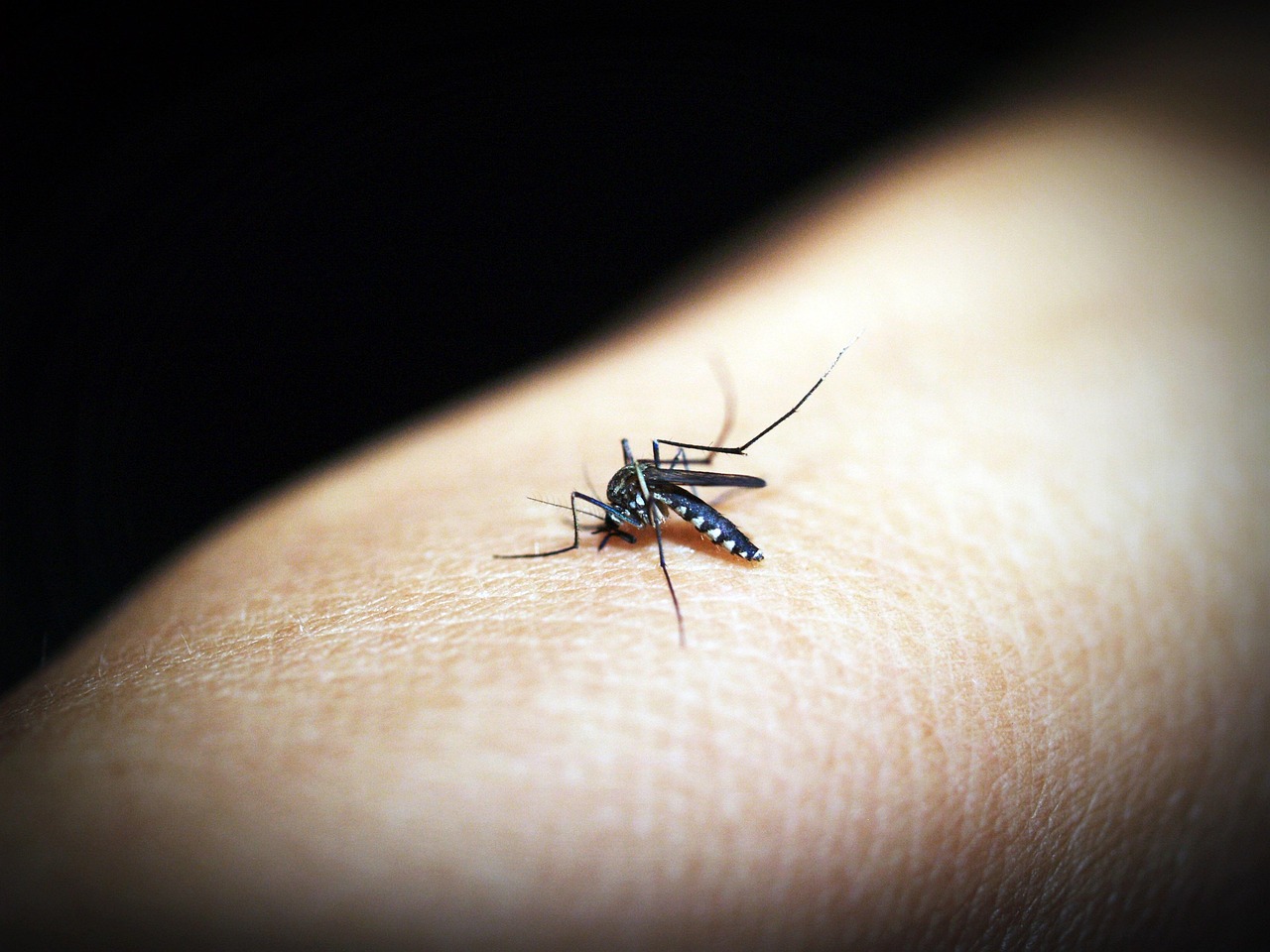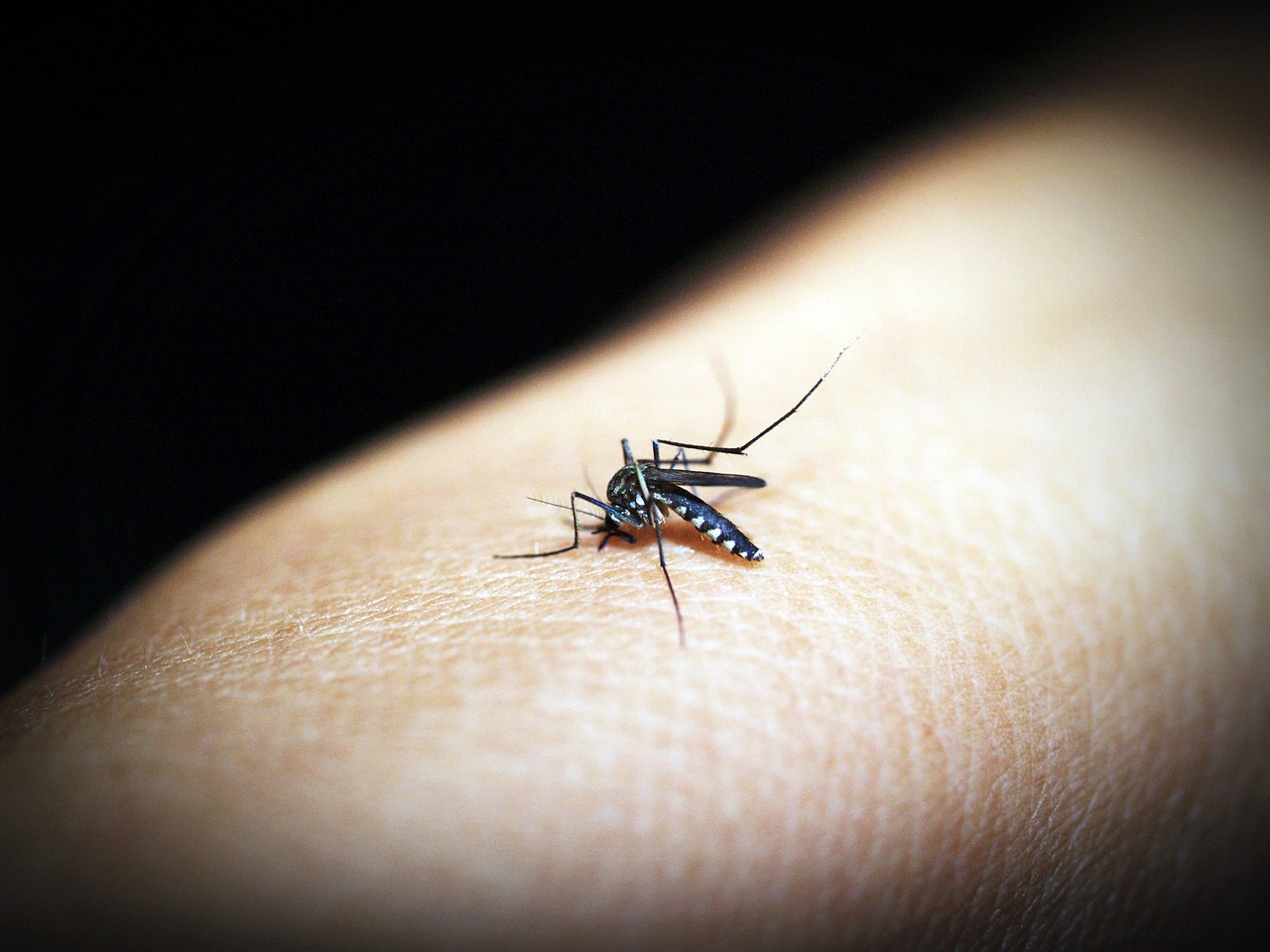The Surprising Summer Strategy Top Entrepreneurs Use to Outsmart Insect Bites and Stay Productive
Ah, summer—the season we all eagerly await for sunshine, backyard barbecues, and long hikes in the great outdoors. But let’s be honest here, who invited the squad of relentless mosquitoes, ticks, and gnats to the party? Seriously, have you ever stopped to wonder why these tiny nuisances have perfected the art of turning a perfect summer day into a relentless itch fest? It’s almost like they have a secret business model built around annoying us! But here’s the thing—knowing how to outsmart these pesky biters isn’t just about comfort; it’s a smart health investment too. So, if you’re tired of scratching yourself silly or swatting like a maniac, stick around—I’m about to share the best strategies to keep those bloodsuckers at bay, so you can enjoy your summer without the unwanted “sales pitch” from Mother Nature’s tiniest entrepreneurs.
Summer brings warm weather, outdoor adventures, and unfortunately, an abundance of biting insects. From mosquitoes and ticks to flies and gnats, these tiny creatures can quickly turn a pleasant outdoor experience into an itchy, uncomfortable ordeal. Understanding how to effectively prevent insect bites is essential for enjoying summer activities while protecting your health and comfort.
Understanding Common Summer Insects
The key to effective prevention lies in understanding your adversaries. Mosquitoes are perhaps the most notorious summer pests, thriving in warm, humid conditions and breeding in standing water. They’re most active during dawn and dusk, seeking blood meals to nourish their eggs. Ticks, while active year-round in many regions, become particularly problematic during summer months when people spend more time outdoors. These arachnids lurk in tall grass, wooded areas, and brush, waiting to attach to passing hosts.
Flies, including black flies and deer flies, can deliver painful bites, particularly in wooded or marshy areas. Gnats and no-see-ums, though tiny, can swarm in large numbers and leave multiple itchy welts. Chiggers, nearly invisible to the naked eye, cause intense itching that can last for weeks. Each of these insects has specific preferences for habitat, timing, and host selection, making targeted prevention strategies crucial.
Creating a Multi-Layered Defense Strategy
Effective insect bite prevention requires a comprehensive approach that combines multiple strategies. The most fundamental step is choosing appropriate clothing. Long-sleeved shirts and long pants create a physical barrier between your skin and biting insects. Light-colored clothing is preferable, as many insects are attracted to dark colors. Tightly woven fabrics offer better protection than loose weaves, and tucking pants into socks can prevent ticks and chiggers from accessing your skin.
When selecting footwear, closed-toe shoes with socks provide essential protection, particularly when walking through areas where ticks and chiggers might be present. Avoid sandals or going barefoot in areas known for insect activity, as feet and ankles are common bite locations.
The Science of Insect Repellents
Chemical repellents remain one of the most effective tools for preventing insect bites. DEET-based repellents have decades of proven effectiveness against mosquitoes, ticks, flies, and gnats. Concentrations between 20-30% DEET provide excellent protection for most outdoor activities, while higher concentrations offer longer-lasting protection for extended exposure periods.
Picaridin-based repellents offer an alternative to DEET with similar effectiveness and a more pleasant feel on the skin. These repellents are odorless, non-greasy, and less likely to damage synthetic materials. Oil of lemon eucalyptus, derived from the eucalyptus plant, provides natural protection comparable to low-concentration DEET products and is EPA-approved for effectiveness.
When applying repellents, coverage is crucial. Apply evenly to all exposed skin, paying particular attention to ankles, wrists, and the back of the neck. Reapplication frequency depends on the product concentration, activity level, and environmental conditions such as sweating or swimming.
Environmental Modifications and Habitat Management
Understanding how to keep mosquitoes away requires addressing their breeding and resting sites around your property. Mosquitoes require standing water to complete their lifecycle, so eliminating these sources dramatically reduces local populations. Regularly empty containers that collect water, including flower pots, bird baths, pet bowls, and gutters. Change water in decorative fountains weekly, and ensure proper drainage around your home’s foundation.
Maintaining your landscape also plays a vital role in insect control. Keep grass cut short, as many insects prefer taller vegetation for shelter. Trim shrubs and bushes away from walkways and outdoor seating areas. Remove leaf litter, fallen branches, and other debris where insects might hide during daylight hours.
Consider introducing natural predators to your outdoor space. Bats consume enormous quantities of mosquitoes and other flying insects nightly. Installing bat houses can encourage these beneficial mammals to take up residence. Birds such as purple martins, swallows, and chickadees also consume large numbers of insects. Dragonflies are voracious mosquito predators, and maintaining a small water feature can attract them while providing controlled mosquito breeding habitat that you can manage.
Timing and Location Strategies
Strategic timing of outdoor activities can significantly reduce insect encounters. Mosquitoes are most active during dawn and dusk when temperatures cool and humidity rises. Planning outdoor activities for mid-morning through mid-afternoon, when mosquito activity is lowest, can reduce bite risk considerably.
Location selection is equally important. Avoid areas with standing water, dense vegetation, or poor air circulation where insects congregate. Breezy locations naturally discourage flying insects, as most have difficulty flying in wind speeds above 10 miles per hour. Elevated areas often have better air circulation than low-lying regions where moisture and insects tend to accumulate.
When camping or spending extended time outdoors, choose campsites away from stagnant water sources. Set up in areas with good drainage and natural wind exposure. Avoid camping near marshes, ponds, or heavily wooded areas during peak insect season.
Natural and Alternative Prevention Methods
Many people prefer natural alternatives to chemical repellents. Essential oils such as citronella, peppermint, lavender, and tea tree oil possess insect-repelling properties, though their effectiveness is generally shorter-lived than synthetic repellents. These natural options work best for brief outdoor exposure or in combination with other prevention methods.
Clothing treatments offer another layer of protection. Permethrin-treated clothing provides long-lasting protection against mosquitoes, ticks, and other insects. This treatment bonds to fabric fibers and remains effective through multiple wash cycles. Pre-treated clothing is available commercially, or you can treat existing garments with permethrin sprays.
Physical barriers such as head nets, bug shirts, and screened shelters provide excellent protection during high-insect-activity periods. These tools are particularly valuable for activities like gardening, hiking, or fishing in heavily infested areas.
Protecting Specific Vulnerable Areas
Certain areas of the body require special attention for insect bite prevention. The face and neck are common mosquito targets, making head nets or face-specific repellents valuable tools. Ankles and feet attract many ground-dwelling insects, emphasizing the importance of proper footwear and sock coverage.
Children require special consideration for insect bite prevention. Use age-appropriate repellent formulations and concentrations, and consider physical barriers as the primary protection method for very young children. Teaching children to recognize insect habitats and avoid areas of high activity becomes an important life skill.
Preventing insect bites during summer requires a thoughtful, multi-faceted approach combining personal protection, environmental management, and strategic planning. By understanding insect behavior, selecting appropriate repellents, modifying your environment, and timing outdoor activities wisely, you can significantly reduce your risk of bites while fully enjoying summer’s outdoor opportunities. Remember that consistency in applying these prevention strategies is key to their effectiveness, and adapting your approach based on local insect populations and seasonal patterns will provide the best protection throughout the summer months.





















Post Comment